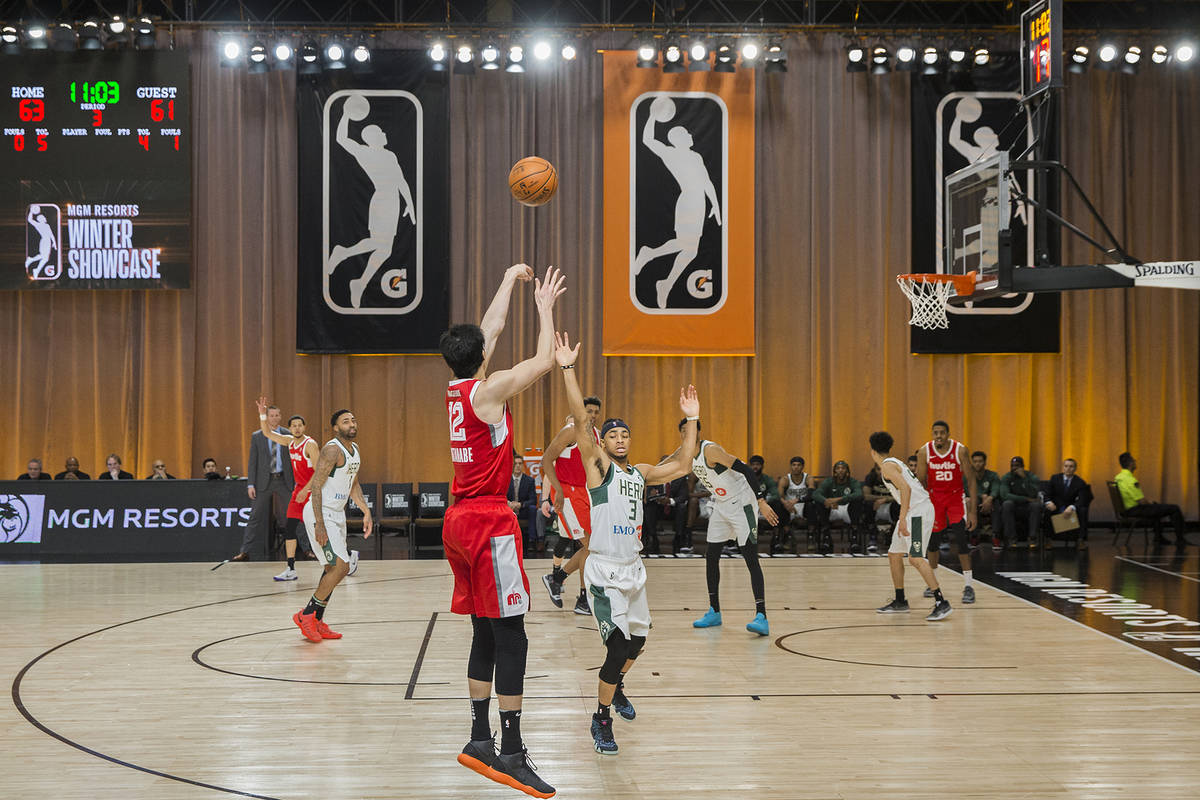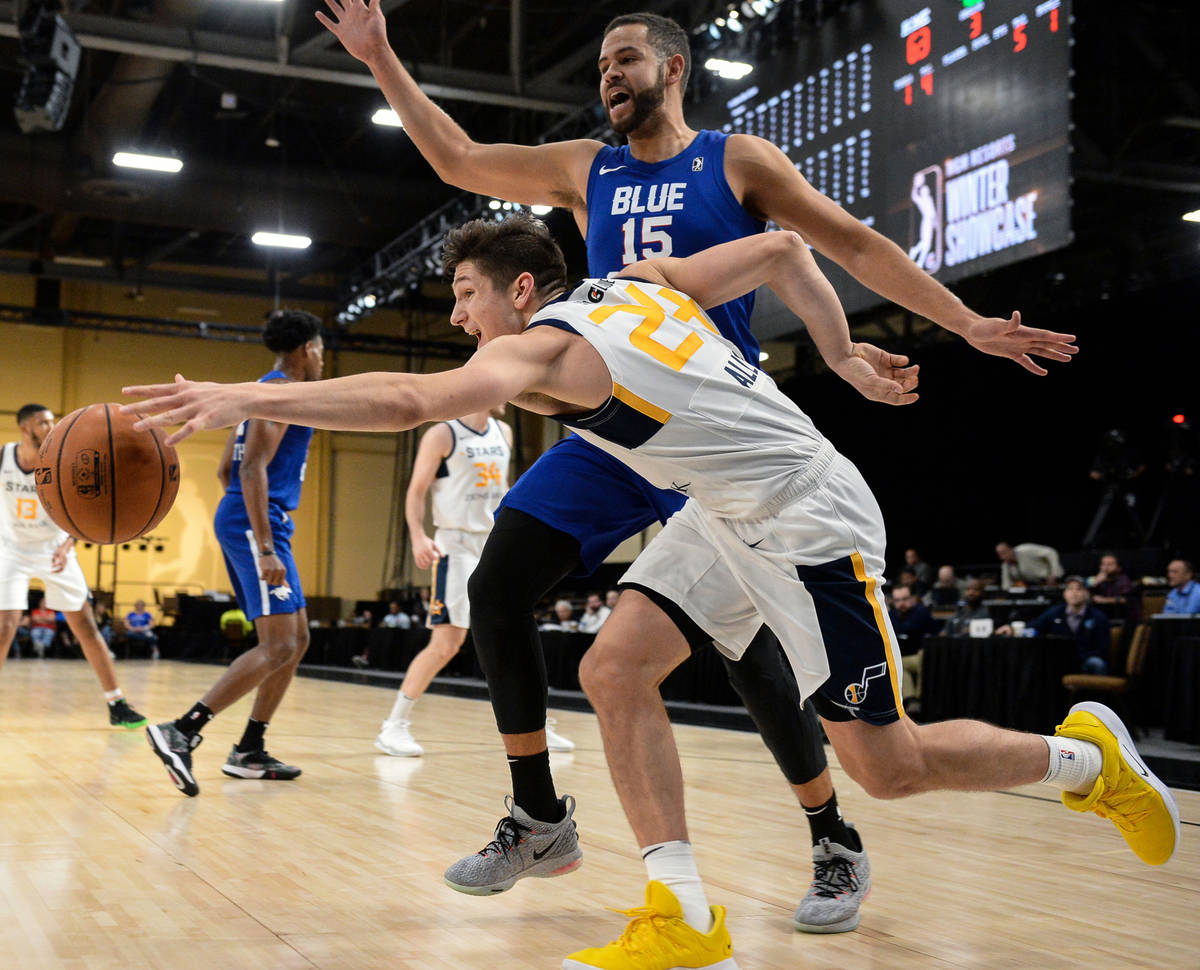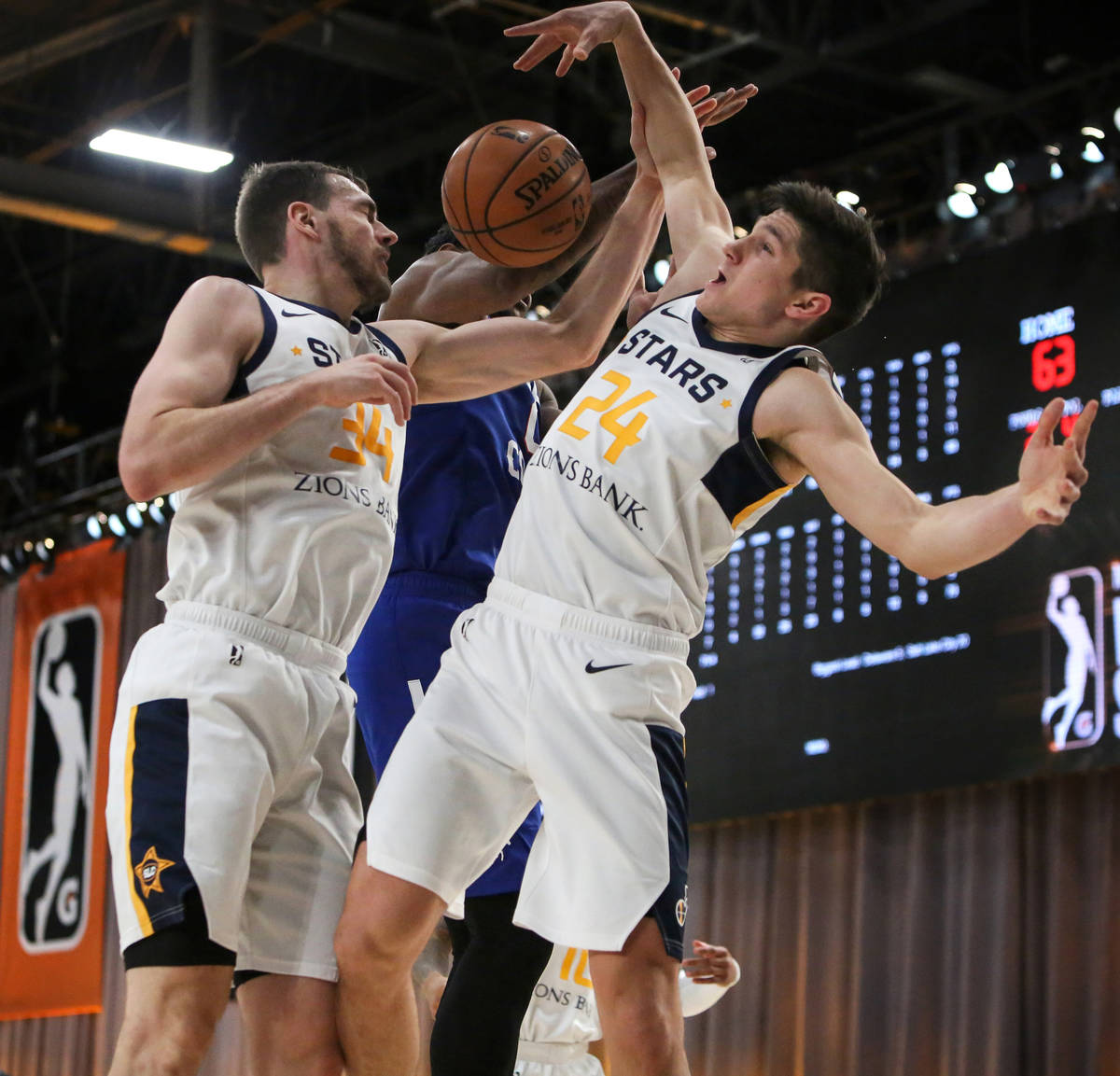Fanless NBA return could follow blueprint from Las Vegas event
If the NBA resumes its season in Las Vegas without fans amid the coronavirus pandemic, it already has a blueprint for how to do it.
Sort of.
The league staged its annual G League Winter Showcase without fans at the Mandalay Bay Convention Center in December 2018 and December 2019, holding several games per day over the course of four-day periods. The event serves as a prime scouting opportunity for league executives, who can watch dozens of players ahead of January’s 10-day signing period.
Games were closed to the public — like any prospective NBA playoff games reportedly would be — and the event was open to team and league personnel, agents and media. Select friends and family were welcome, too. 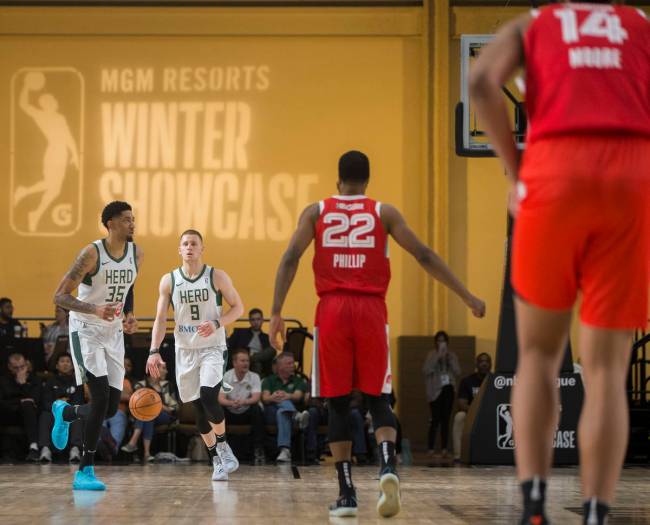
The NBA halted its season last month after Utah Jazz center Rudy Gobert tested positive for the virus, and commissioner Adam Silver said on a Friday conference call that the league was “not in any position to make any decisions” about the resumption of its season and didn’t know when it would be. The league declined a request for an interview about the staging and atmosphere of the G League Showcase.
MGM Resorts International, which presented the event, also declined comment.
Anthony Fields is the director of basketball for Vanguard Sports, which represents Chicago Bulls center Wendell Carter Jr., Golden State Warriors guard Ky Bowman and Miami Heat forward Chris Silva. He attended the G League Showcase this season and said he thinks the setup could be duplicated if the NBA resumes play in Las Vegas.
“I felt like it didn’t bother the guys at all that there weren’t fans. It was actually unique. It was effective. Guys played hard and competed,” said Fields, who lives in Las Vegas. “If there was a way to get all 30 teams in Vegas and make sure people are isolated … I think that method would work.”
An active G League player spoke with the Review-Journal on the condition of anonymity and said “everybody just wants to play,” while noting the efficiency of the G League Showcase setup inside the Mandalay Bay Convention Center. 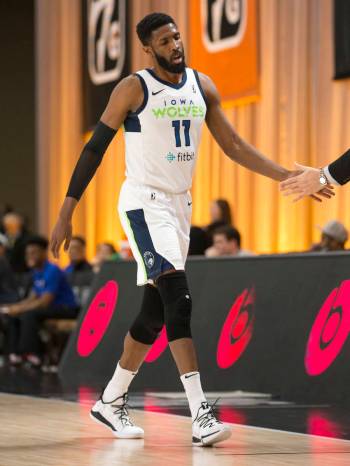
“It’s definitely different from the normal games, for sure. It felt kind of like being at a camp, coming up and playing AAU and stuff like that. It was just that kind of environment,” said the player, who competes for a team in the G League’s Western Conference. “I’m thinking, in the grand scheme of things, if that’s the direction that pro sports goes, it’s definitely going to be weird.”
Seamless system
Four courts were built inside the Mandalay Bay Convention Center, which was divided in two by a partition, with play taking place on both sides simultaneously. Two game courts were constructed on each side of the partition with limited courtside seating on the baselines. League personnel and media — including the Review-Journal — were assigned seating along the sideline opposite the benches.
Other personnel were stationed on risers along the baseline behind the courtside seating, and practice courts were built behind the game courts. Communication between players was audible throughout games, and music was played over the public address system during timeouts and lengthy stoppages in play. The only other audible noises were those organic to the sport itself — such as dribbling or shoes squeaking on the court.

“It’s something that I’ve never experienced before and most people haven’t, because it is so unique,” said Aaron Magner, whose company, Eventuris, provides staffing for the G League Showcase. “It felt different, but it didn’t feel awkward. It was produced well. I think that’s the challenge, producing that environment in a different way.”
Players often draw energy from crowds and were forced to manufacture their own energy at the beginning of games. The G League player said it was challenging initially, but “after the first couple possessions, it would start to feel like normal games.”
Makeshift locker rooms were set up adjacent to the game courts. Teams were funneled off the floor after games as other teams were funneled onto the floor.
The transition was efficient and seamless, allowing for games to start as scheduled. Players would leave the complex shortly after their games concluded.
“It’s a good solution to slowly bring back pro sports,” the player said of games without fans. “It’s definitely different, but it can be done. I don’t think (no fans) will be an issue at all.”
Contact reporter Sam Gordon at sgordon@reviewjournal.com. Follow @BySamGordon on Twitter.



